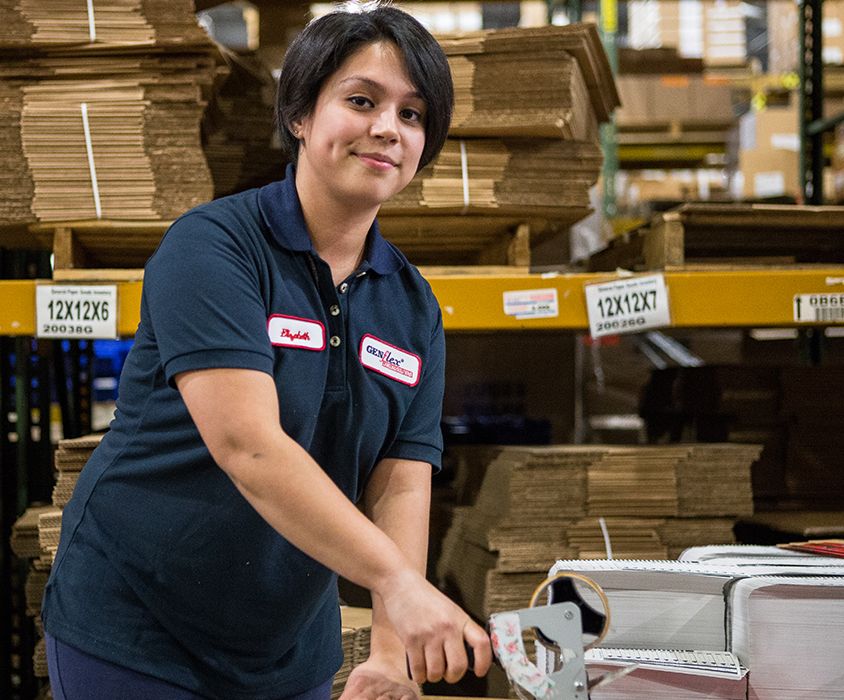What’s Void Fill Got to Do with It?

When you go to package your products for shipping with General Paper Goods, you might encounter the terms Dunnage and Void Fill. Some people may not understand what these terms mean or how crucial they are when it comes to packaging and delivering products safely. Let’s delve deeper into these two terms, starting with void fill.
Void fill is all about ensuring your products arrive at their destination without any damage or breakage. Virtually all products require void fill unless they are highly durable and fit perfectly in a shipping box. Many of us have seen examples of packaging material before, we just did not know it had a name.
So, how does void fill protect your products?
It fills the empty spaces in the packaging and plugs any gaps between products, keeping them in place during transportation. When done correctly, this packaging material reduces the risk of breakage or storage damage.
Some manufacturers may think their products are packaged well enough and don’t require void fill. This may be true for a limited number of products, but when products are transported around the country or even around the world, unforeseen damage can occur. The correct type and amount of this packaging material helps prevent this damage.
Now that we know a bit more about void fill, we should know that it typically includes one or more of the following materials:
- Paper is typically made from recycled paper. As with other form of this packaging material, recycled paper is used to lock products in place when shipped in cases or packages.
- Airbags of different sizes and shapes surrounding the box.
- Packaging peanuts and polystyrene chips allow the product or package to move around slightly in the box but guarantee protection from shocks and vibrations that can damage the product in transport.
- Cardboard shreds are like chips and peanuts and serve the same purpose. However, they are more eco-friendly because they are a form of recycled cardboard.
- Foam-in-place packaging is often referred to as customized protection for products that are very fragile or are being shipped exceptionally long distances. Foam is injected into the package and surrounds the product, creating a personalized seal.
Many GENflex Labeling Solutions customers are not always sure what type of void fill to use when packaging their products. It is a very important decision because some forms of this packaging material are more appropriate than others depending on the product and where it will be shipped.
Our packaging professionals will suggest the most effective packaging material for your transport packaging needs.
Other Benefits of Void Fill Packaging
Along with helping to protect products when transported, void fill has several other benefits:
It makes an attractive presentation. Many times, gift bags and gift baskets are covered with tissue paper. The reason for this may not necessarily be to protect the items inside but to provide an attractive way to deliver the gift. The same is true with this packaging material as well. Different materials can be used to enhance the presentation of the product inside.
Protection from sharp corners. By adding this packaging material around the product, there is less chance that the product or package inside will pierce the outer packaging material. This helps ensure safe product handling and helps prevent damage to the product.
It shows you care. Invariably, consumers and B2B purchasers are impressed when they receive a properly packaged product, using the correct void fill and plenty of it. View it as their first impression of you and your products. It shows you want them to be happy with their purchase. GENflex Labeling Solutions makes this happen.
GENflex Labeling Solutions delivers labeling solutions for your brand and your products. Learn more about how we can help you succeed here.
Genflex is a General Paper Company.

